From a distance, it looks vaguely like a Silverado. But get closer and you realize this is not your grandpa’s farm truck. Riding on GM’s Ultium EV platform, the same underpinnings as the Hummer EV and GMC Sierra EV, the Silverado EV is purpose-built as an electric vehicle from the ground up. No retrofitting. No half-measures.
Growing up on the dairy, we had a 1996 Chevrolet 1500. It was a Light Stellar Blue, featuring a 4.3 V6 engine, a five-speed manual transmission, a rubber floor mat, manual windows, and a drop-in plastic bed liner. It was simple, inexpensive, and other than the Silverado name, shares little with the new Silverado EV. The new Silverado EV is a clean-slate design with decent range, surprising agility, and an interior that wouldn’t feel out of place in a luxury SUV. But I think most truck owners will find it hard to make the switch.
The lineup spans a wide spectrum, from the entry-level WT (Work Truck) aimed at fleets, to the loaded-up RST designed for the buyer who wants everything, Super Cruise, air suspension, panoramic glass roof, and the kind of torque figures you only used to see on semis.
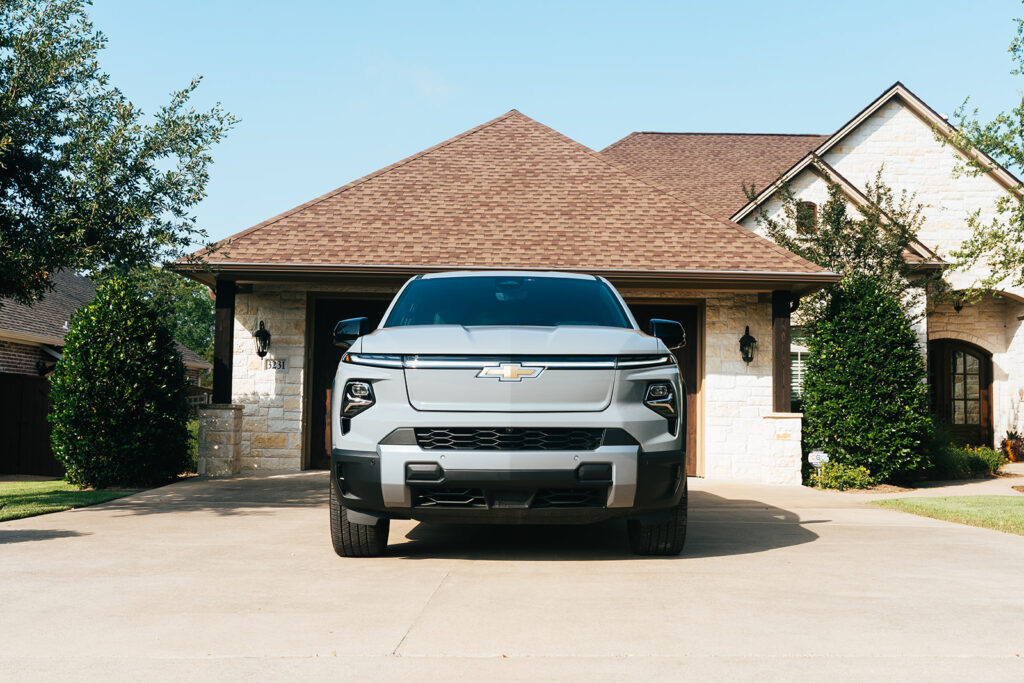
Design: Form That Follows Function (and Future)
This Silverado EV looks radically different than the standard Silverado; the front fascia is sleek and sealed, illuminated by a continuous LED light bar that announces its electric identity without being overly prominent. The side profile? Clean. Minimal overhangs, integrated bed storage, and a high beltline give it a presence similar to the old Chevrolet Avalanche.
Inside, the RST trim is as much a tech lounge as it is a command center. A massive 17.7-inch center touchscreen anchors the dashboard, paired with an 11-inch digital driver display. It’s intuitive, crisp, and responsive, not just impressive for a truck, but rivaling anything from a German luxury car. The rear seat legroom feels almost excessive, and thanks to the EV skateboard chassis, there’s no hump on the floor. Flat out luxury.
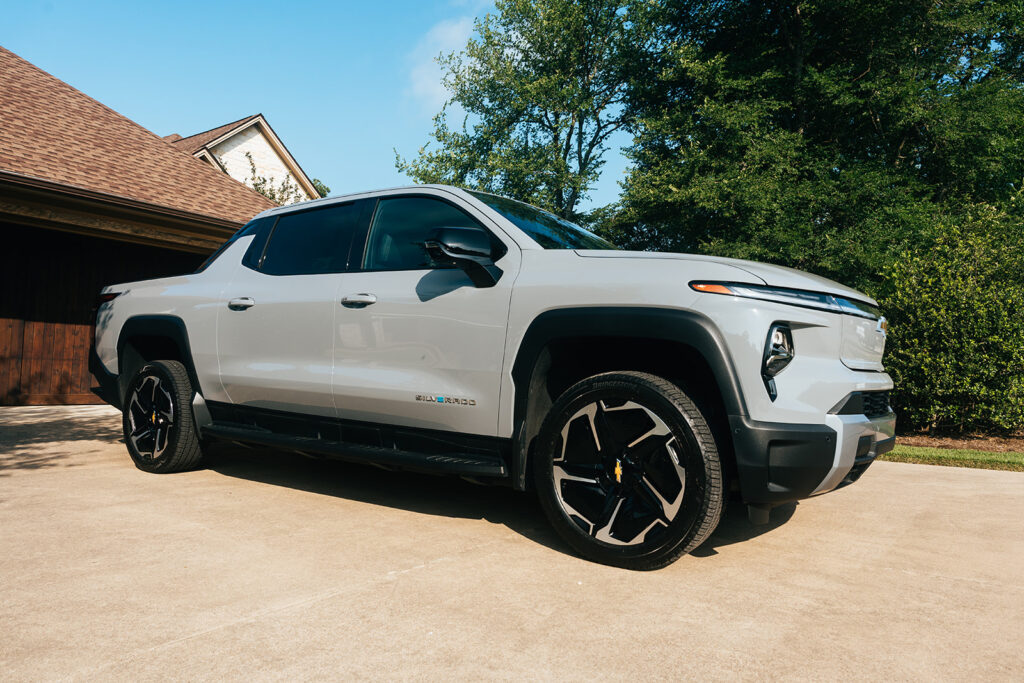
Performance: The Quiet Storm
You don’t expect a truck this big to move like this. But toggle the RST’s Wide Open Watts (WOW) mode and you’ll experience 0-60 in under 4.5 seconds. That’s not just quick for a truck, it’s squarely in sports sedan territory. With up to 754 horsepower and 785 lb-ft of torque in top-spec form, the Silverado EV RST is an electrified freight train. For the more grounded LT and WT trims, power is dialed back, but it remains substantial. Even the single-motor WT offers a usable 510 horsepower and enough torque to make short work of a loaded trailer.
Yet, what’s even more impressive is how composed it feels. Four-wheel steering makes tight turns and parking maneuvers feel almost comically easy. Air suspension smooths out the ride, whether you’re hauling a load or gliding down the freeway. And with a 10,000-pound towing capacity (up to 12,500 lbs for the WT), it’s ready to work as hard as it plays, so long as you aren’t playing too far from home.
The range is cut in half when towing, and depending on your destination, charging may be an issue. Being in Texas, I was planning to drive up to pick up a classic Austin Healey in North Texas. But, I couldn’t test the towing ability of the Silverado EV, because even with my empty car hauler trailer, I wouldn’t have even been able to make it to the small town the car was in, 300 miles away. Plus, there aren’t many pull-through charging stations, which would require hitching and unhitching the trailer every time you needed to stop and recharge.
Here’s the headline: the Silverado EV WT Max Range clocks in at 492 miles of EPA-estimated range. That’s not a typo. That’s the kind of figure that silences the “but can it road trip?” crowd. In independent testing, the truck has even pushed past 530 miles, setting a benchmark for electric pickups.
Other trims offer plenty of flexibility:
- LT AWD: 408 miles
- RST: 393 miles
- WT: 282–422 miles, depending on battery size
Charging is equally impressive. With 350kW DC fast-charging capability, the Silverado EV can add roughly 100 miles of range in about 10 minutes, on par with, or better than, any EV on the market today. For daily use, Level 2 home charging remains practical, and available vehicle-to-load (V2L) functionality lets the truck power tools, campsites, or your house during an outage. But this truck won’t replace your cross-country rig for towing your toy hauler or boat.

Silverado EV Features That Flex
Multi-Flex Midgate
Fold down the rear seats and the wall separating the cabin from the bed disappears, giving you up to 10 feet, 10 inches of pass-through storage. Hauling a kayak? A dozen 2x4s? An antique armoire from Round Top? No problem.
Frunk or eTrunk
With no engine up front, Chevy added a locking front trunk (frunk, they call the eTrunk) offering over 10 cubic feet of dry storage, perfect for gear, luggage, or valuables.
Super Cruise
Chevy’s hands-free driving system is available on higher trims, and it’s as good as ever, especially while towing. By far one of my favorite features from Chevrolet, be it gas or electric, on long highway drives, it’s a game-changer.

Living With It
Let’s talk ownership. The WT starts at $57,095 and qualifies for the full $7,500 federal tax credit (as of this writing). The LT checks in at $75,195, while the top-tier RST Max Range climbs to a hefty $97,895.
That’s a wide spread, but the WT and LT trims bring compelling value for fleets and practical buyers, while the RST is unapologetically premium. That said, there are trade-offs. It’s big, almost 19.5 feet long, and heavy, with the top trims tipping the scales at over 8,500 pounds thanks to their massive 200+ kWh battery packs. Efficiency suffers accordingly, but it’s the price of capability.
Parking in most EV charging spots in the wild can be tight, and like the Hummer EV, it has its charging port on the back driver’s side, meaning you have to back into most charging stations. It might not be a big deal when you are charging at home, but it can make it a tight squeeze at some public chargers.
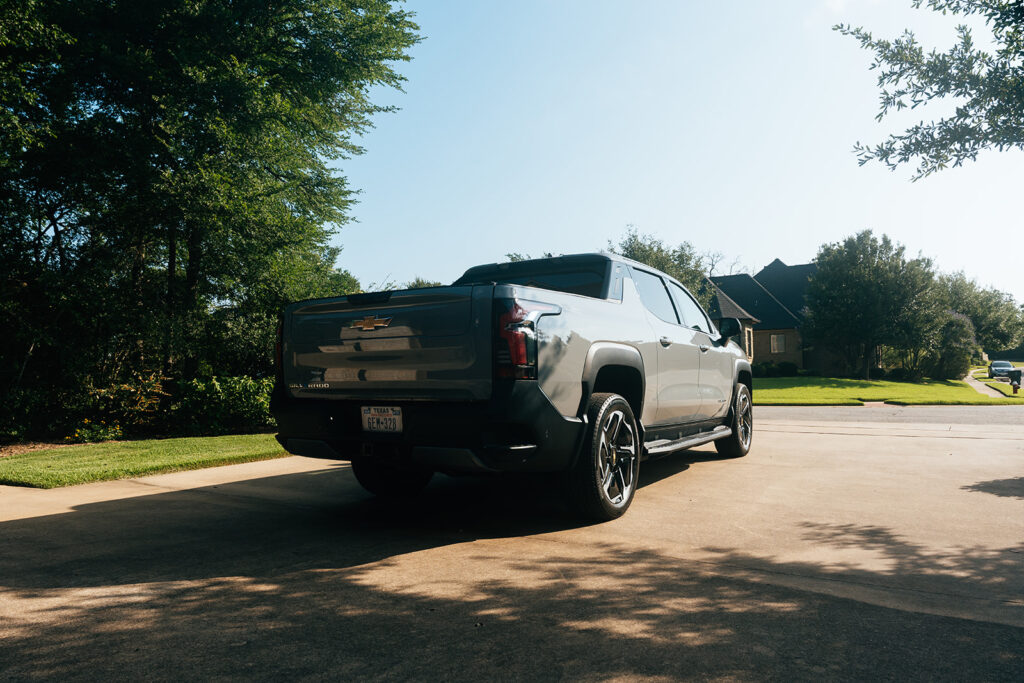
How It Stacks Up
Versus the Ford F-150 Lightning: The Silverado EV goes further (by over 100 miles), charges faster, and offers more innovative storage. But the Lightning is cheaper in some trims and arguably better suited to suburban buyers who don’t need 500 miles of range.
Versus the Rivian R1T: The R1T is more compact, off-road focused, and stylishly rugged. But it can’t match the Silverado for towing, range, or bed length.
Versus GMC Sierra EV: Think of the Sierra as the Silverado’s luxury cousin. Same bones, different attitude. If you like your EV truck with a little more flash, the Sierra might be your answer.
The 2025 Chevrolet Silverado EV isn’t a novelty. It’s not a “concept car for the future.” It’s here. It’s real. And it will work for some people. If you have a fleet that can charge each night and is only used in the city, or if you need a full-size pickup for your local business, or home/garden, it is ideal.
It blends brute strength with next-gen tech, delivering a driving experience that’s equal parts muscle and modernity. Yes, it’s expensive in upper trims. Yes, it’s big. But so was the original Silverado. This is just a different flavor for a different buyer. If you’ve been waiting for an electric truck that doesn’t feel like a compromise, this might be the one that changes your mind, for me, hunting cars in Texas, road tripping across the Southwest, and always looking to see what is down the next dirt road, it doesn’t work, but for some lifestyles, it is the perfect pickup.

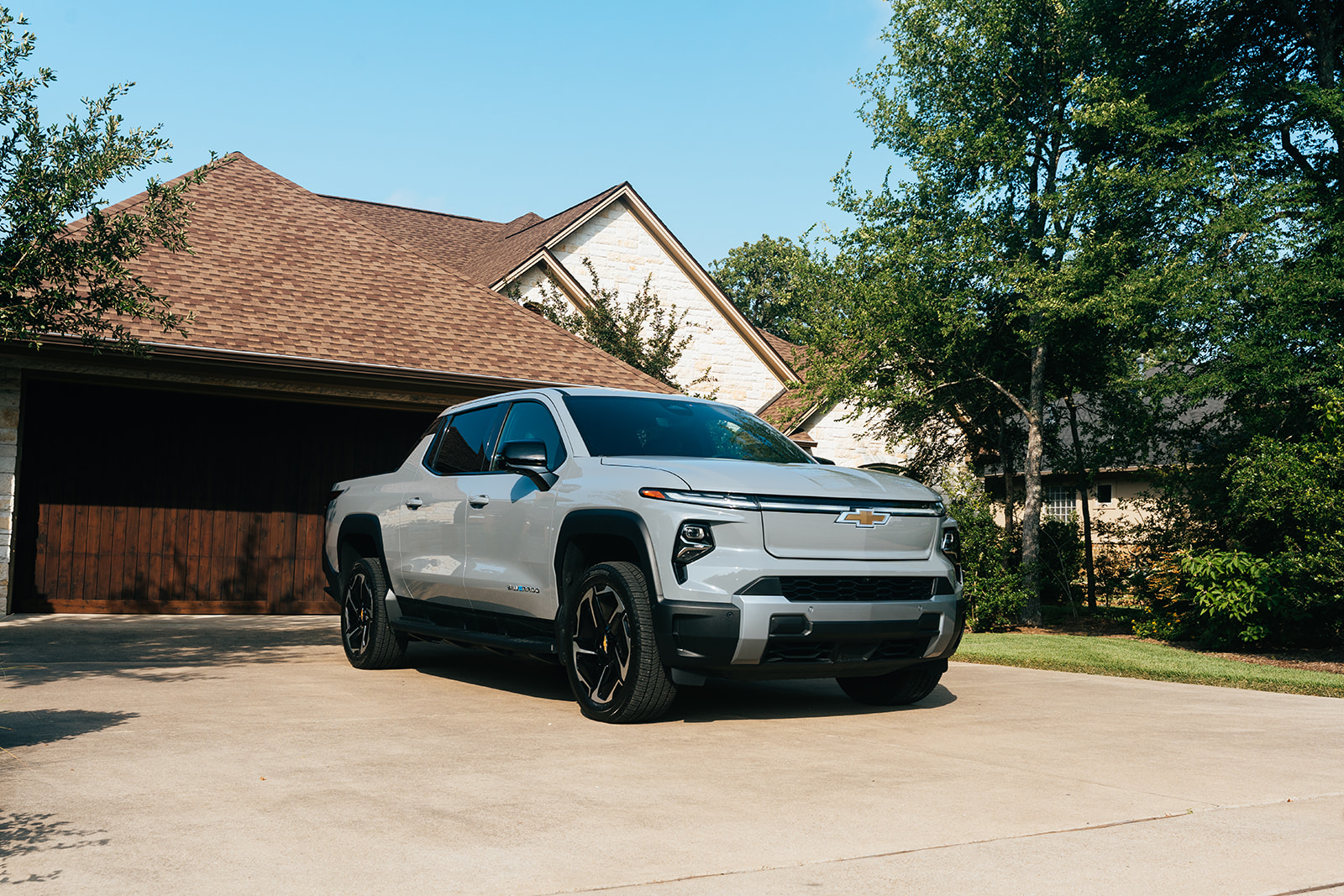
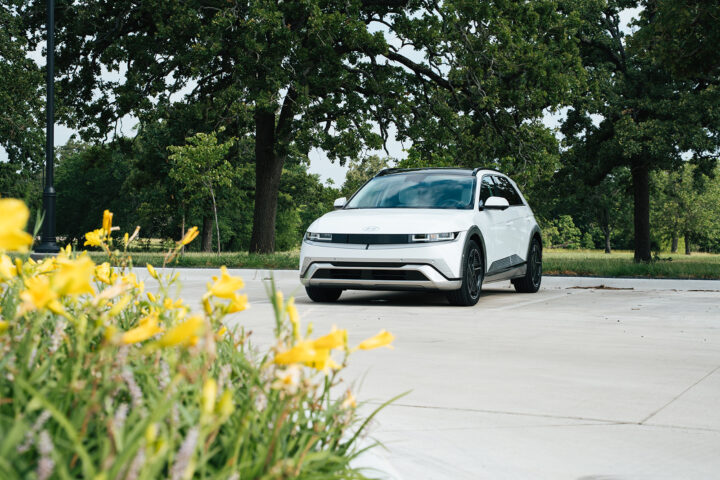
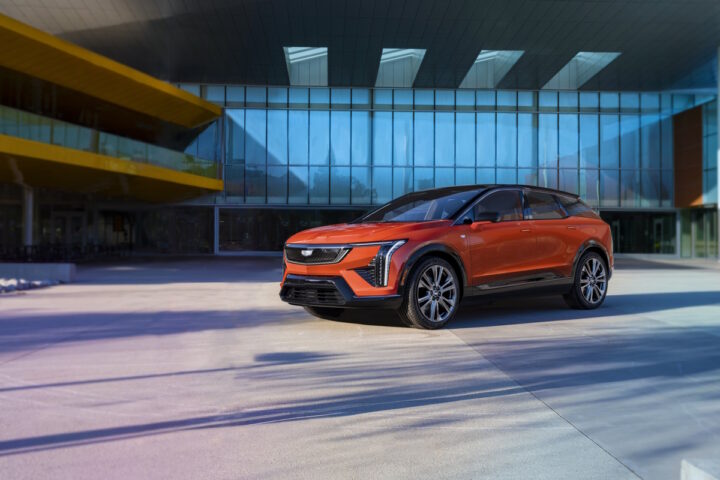
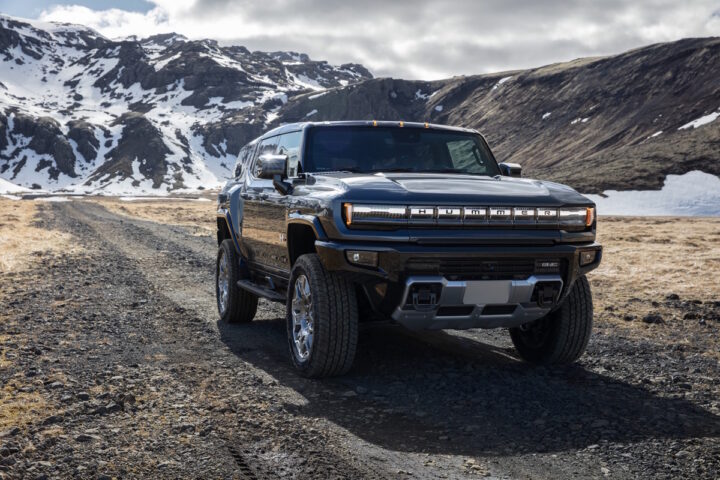

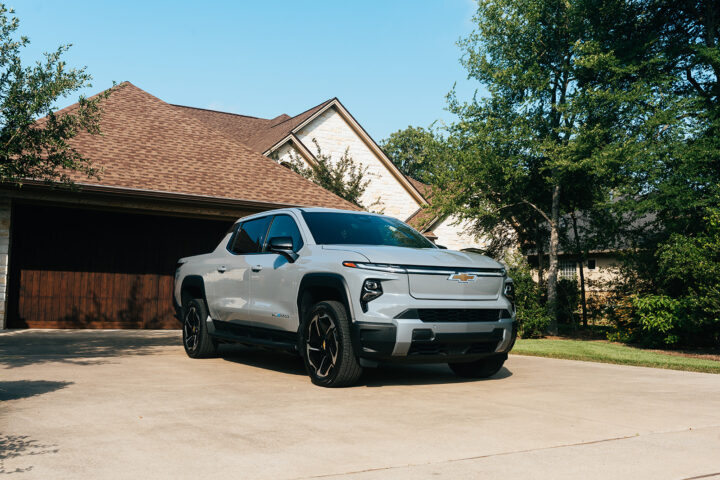



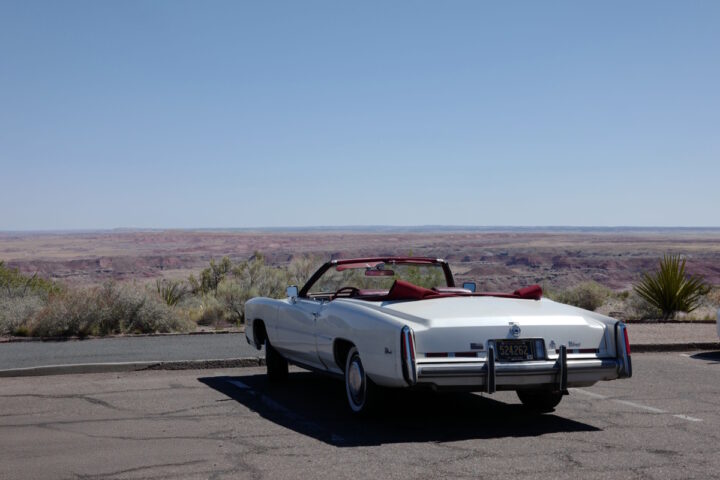









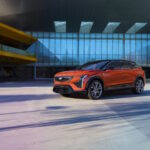
very informative articles or reviews at this time.